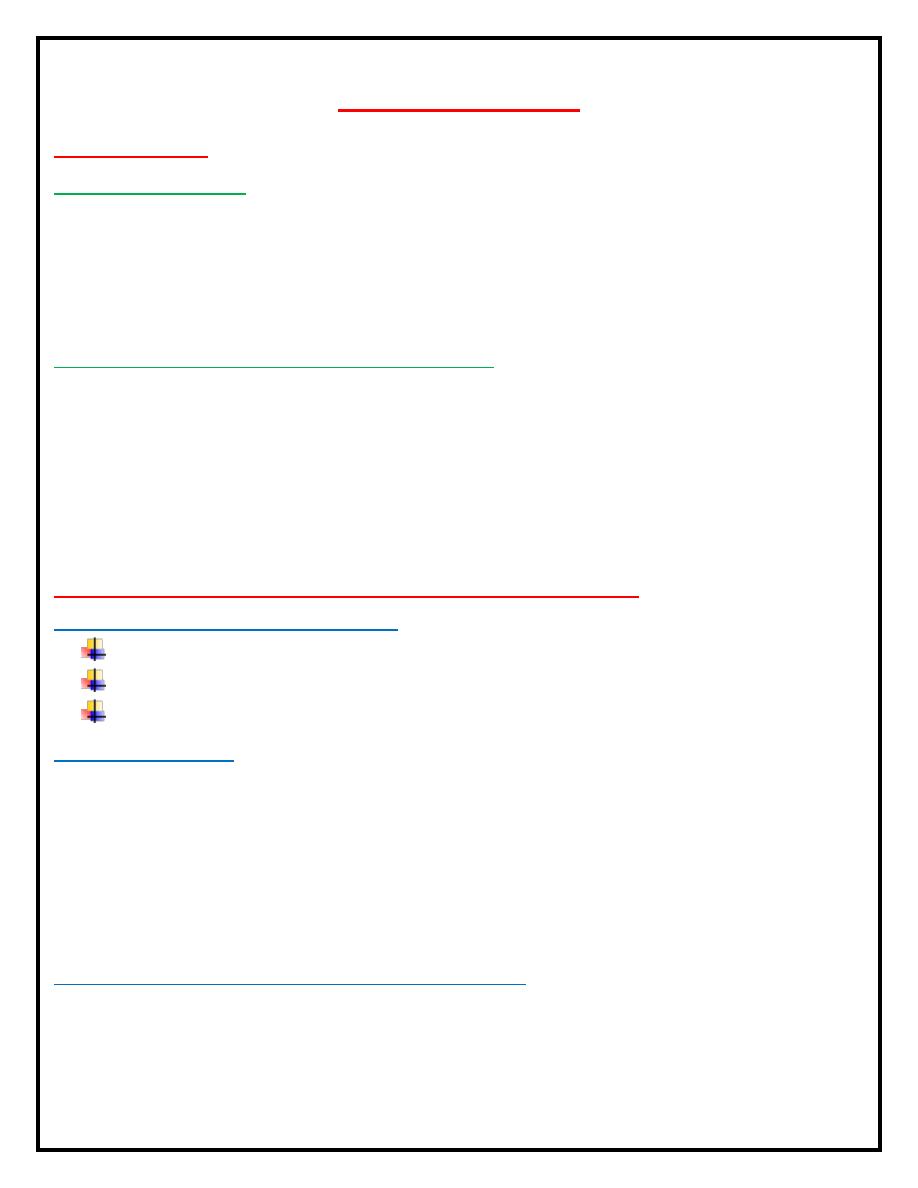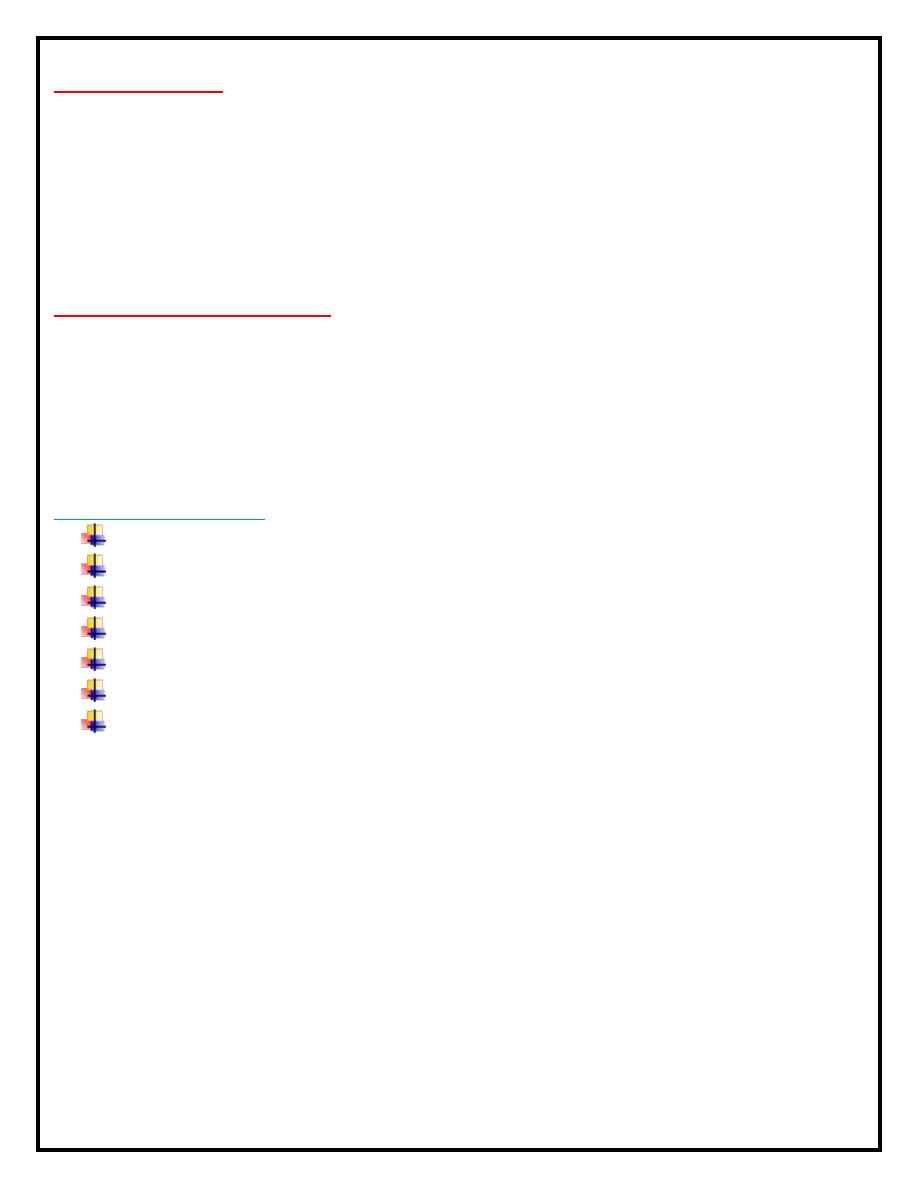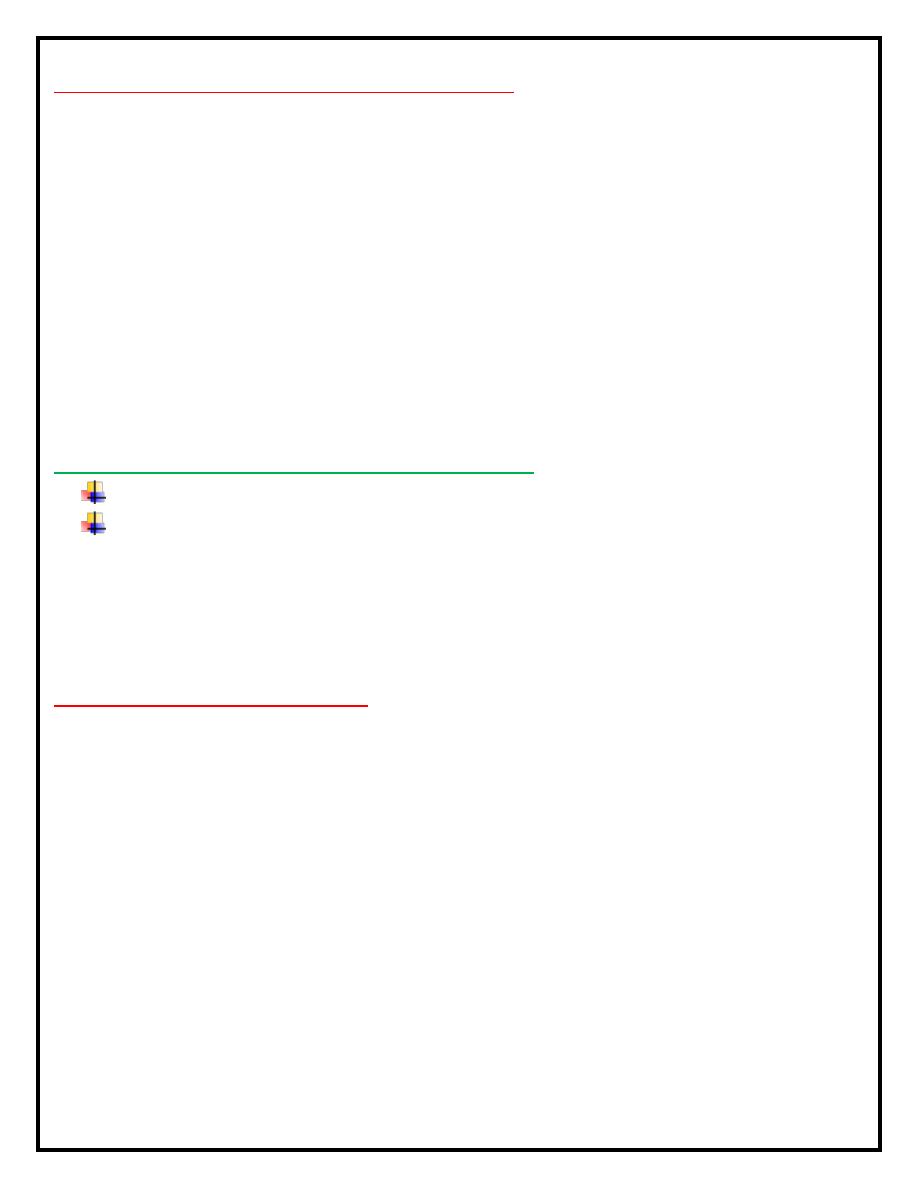
Community
Dr. Samar
Adolescence:
Increases, need for calcium & iron.
May have poor eating habits.
Risk factors for low birth weight infant.
Preeclampsia AndEclampsia:
Pregnancy induces hypertension, protein urea and edema.
Eclampsia: seizures, death of mother.
Diet liberate in proteins.
Calories.
Fluids with no sodium restriction.
Suggestions For Management Of Common Problems:
Nausea and vomiting:
Fluid between meals.
Avoid tea and coffee.
Avoid smell ass with cooking food.
Heart burn:
Low fatty meals.
Eating slowly.
Fluids.
Minimize use of spices.
Avoid lying down (2-3 hours after meal).
Wear loose clothes.
Constipation and hemorrhoid:
Fluids.
High fiber diet.
Avoid laxative.

In Summary:
Pregnant weight, rate of gaining of the weight and total gaining
weight.
Mother with nutritional risk must identified to put under esp.
Nutritional plain.
Follow up in prenatal care.
Gestational Diabetes:
No prior history of diabetes usually resolve after pregnancy.
Associated with the perinatal mortality and premature birth.
Universal screening takes place (24-28 week) via (1) hour, 50
gm non-fasting oral glucose challenge.
Recommendations:
Eating variety of food.
Diet must be low in fat particularly saturated fat.
Meat, dairy product.
Fruits, vegetables and juices.
Starch food according to calories.
Sweet, sugar and soft drink moderately.
Use salty foods desired unless otherwise directed.

Breast Feeding
Adequate for the first 4-6 months of the age in almost all infants.
Human Milk:
Macronutrients.
Micronutrients.
Enzymes.
Epidermal growth modulators.
Infection protection.
Allergic prophylaxis.
Lactation is benefit for mother:
Psychological bounding.
The physiology of mother return to pre-pregnancy state.
Suppressing ovulation.
Delay immediate return to fertility.
The Physiology Of The Lactation:
Release of prolactin & oxytocin, establishment and
maintenance of the lactation.
Sympathetic nervous system inhibit lactation reflex: in stressful
period.
Maternal Dietary Requirement:
Weight loss up to 20(Ib) in 3 weeks.
Additional (500-700)Kcal/day for the energy.
(12-15)gm/day of protein milk production.
Vitamins and minerals.

Nutritional Advantages:
Protein of human milk less than others: 1% versus 3 of cows
milk.
Amino acids is ideal for absorption and utilization especially be
neonatal brain.
Lipase acids in fat digestion (poly-unsaturated fats, cholesterol
and omega3 oil).
The vitamins: A, C & E.
Vitamin B content depend on maternal meat intake.
Vitamin D less than in cows milk.
Vitamin K should be received for all infants.
The variations in compositions:
First milk is high in proteins, lactose and lower in fat.
Hind milk is higher in fat.
Printed By: Ahmed Riyadh
